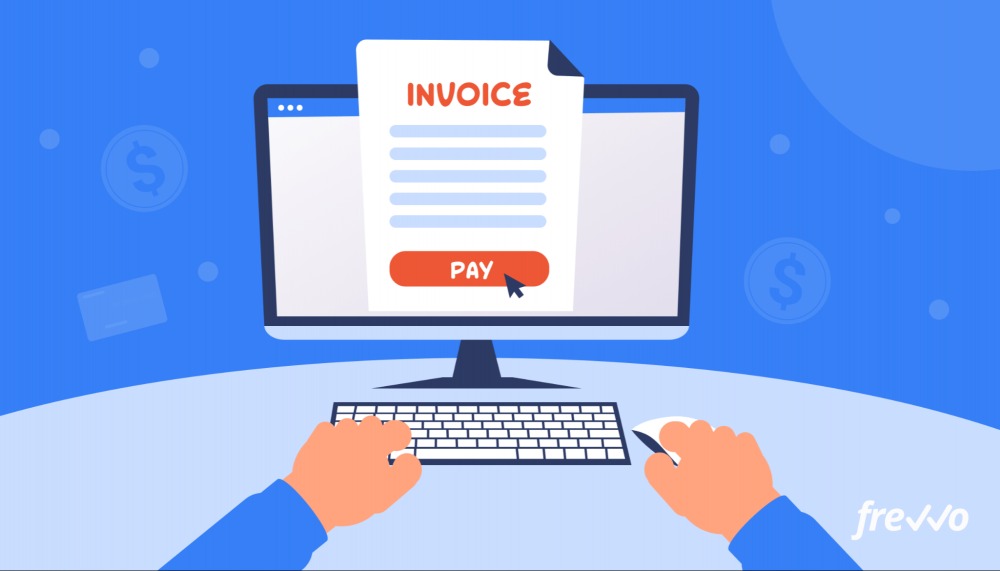In today’s fast-paced business world, efficiency and accuracy in financial operations are paramount. Automated invoice processing has emerged as a crucial component of financial management, streamlining the handling of invoices and reducing manual errors. At the heart of this transformation lies Optical Character Recognition (OCR) technology. In this article, we will delve into the pivotal role OCR plays in automating invoice processing, its benefits, and how it revolutionizes financial workflows.
Understanding OCR in Invoice Processing
What is OCR? Optical Character Recognition (OCR) is a technology that converts printed or handwritten text and images into machine-readable data. In the context of invoice processing, OCR software extracts text and numerical data from invoices, receipts, and other financial documents.
Automated Invoice Processing Automated invoice processing involves the use of OCR technology to capture and extract essential data from invoices. This data can then be used for various purposes, such as data entry, validation, and integration with accounting systems.
Benefits of OCR in Invoice Processing
1. Elimination of Manual Data Entry One of the primary advantages of OCR is the elimination of manual data entry. Instead of finance professionals manually inputting data from invoices, OCR software does this automatically. This not only saves time but also reduces the risk of data entry errors.
2. Increased Efficiency OCR accelerates the invoice processing cycle. Invoices are swiftly scanned, and the extracted data is readily available for verification and approval. This efficiency leads to faster payments to suppliers and improved cash flow management.
3. Improved Accuracy Human errors are inevitable, but OCR significantly reduces them. By automating data extraction, OCR minimizes the chances of inaccuracies in financial records, enhancing overall data quality.
4. Cost Savings Reducing manual data entry and streamlining workflows result in cost savings. Businesses can allocate resources more effectively, and the need for additional personnel to handle invoice processing is reduced.
5. Enhanced Data Visibility OCR provides businesses with greater visibility into their financial data. Extracted data can be easily accessed and analyzed, enabling better decision-making and financial planning.
How OCR Works in Automated Invoice Processing
1. Document Capture Invoices are scanned or digitally captured using OCR-compatible scanners or software. These tools ensure that the document is converted into an electronic format that OCR can process.
2. Text and Data Extraction OCR software analyzes the electronic document and identifies text and numerical characters. It recognizes the layout of the invoice and extracts relevant data, such as invoice numbers, dates, line items, and amounts.
3. Data Validation The extracted data undergoes validation to ensure accuracy. OCR software can perform checks to verify that the data matches predefined criteria or conforms to specific formatting rules.
4. Integration with Accounting Systems Once the data is validated, it can be seamlessly integrated with accounting systems or Enterprise Resource Planning (ERP) software. This integration automates the reconciliation process and updates financial records in real-time.
Challenges and Considerations
1. Handling Variability Invoices come in various formats and layouts, which can challenge OCR’s ability to accurately extract data. To address this, OCR systems must be trained to recognize different invoice templates.
2. Handwriting Recognition OCR technology primarily excels in recognizing printed text, and handwritten invoices may pose challenges. However, advancements in OCR have improved its ability to handle handwritten characters.
3. Data Quality OCR accuracy depends on the quality of the source document. Faded ink, smudges, or low-resolution scans can affect the quality of extracted data.
Integration with AI and Machine Learning
To further enhance OCR’s capabilities in invoice processing, many organizations are integrating artificial intelligence (AI) and machine learning (ML). These technologies enable OCR systems to learn from past data and improve their accuracy over time, even when faced with complex or handwritten invoices.
Conclusion
OCR technology has become an indispensable tool in automated invoice processing, transforming the financial operations of businesses across various industries. Its ability to capture, extract, and validate data from invoices not only streamlines workflows but also improves accuracy and efficiency. As businesses continue to seek ways to optimize their financial processes, OCR remains at the forefront of innovations in automated invoice processing. By harnessing the power of OCR and embracing advancements in AI and ML, organizations can ensure their financial operations are not only more efficient but also more reliable, ultimately contributing to their overall success and competitiveness in the modern business landscape.

